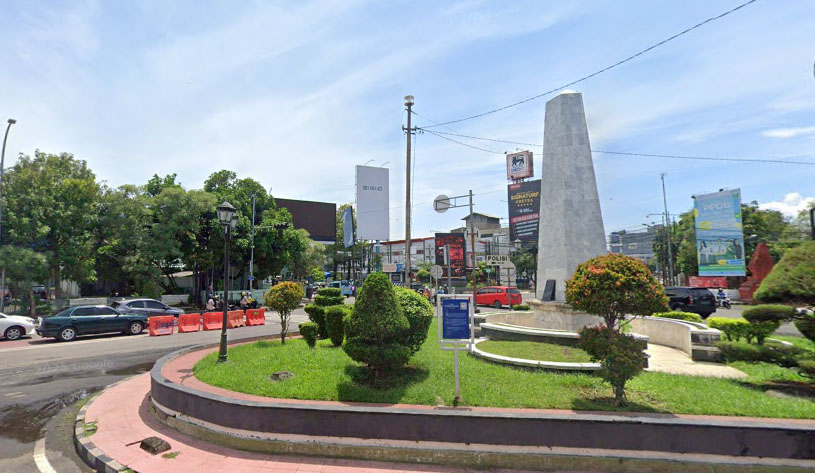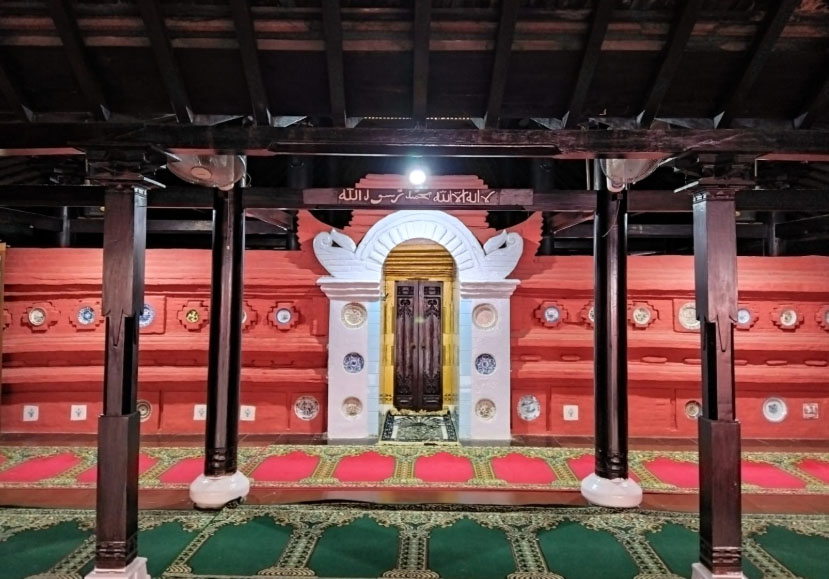It's become a familiar sight at Arsenal matches: Declan Rice places the ball carefully beside the corner flag, takes three measured steps back, and delivers with whip and precision.
Seconds later, the net ripples and the Gunners faithful sing, ‘Set-piece again, set-piece again, ole, ole!’, a tongue-in-cheek chant celebrating a transformation that’s been as deliberate as it has been devastating.
Under Mikel Arteta and set-piece specialist coach Nicolas Jover, Arsenal have long been the undisputed Premier League’s kings of set-pieces; a team whose dead-ball efficiency has set them apart from their rivals.
Yet, the north London club have reached another level this term. They have already scored nine set-piece goals in the league this season from nine matches (excluding penalties), more than any other side.
At this rate, they will supersede the 22 set-piece goals they struck in the 2023-24 campaign. More pertinently, games that slipped away last season — the draws to Fulham and Everton in December, and Brighton and Aston Villa in January were costly — are now being converted into wins. The 1-0 victory over Crystal Palace on Sunday, with Eberechi Eze's goal coming from a Rice free-kick, was a case in point.
A blend of Rice’s precision, Arsenal’s growing ability to sustain pressure and win corners and Jover’s inventive tweaks to the routines has elevated their dead-ball play even further this time around. In turn, it has helped push Arteta’s side firmly into the title-race driving seat.
Eberechi Eze fires in the winner against his former club Crystal Palace on Sunday, after a free-kick taken by Declan Rice
It's become a familiar sight at Arsenal matches: Rice placing the ball carefully beside the corner flag, taking three measured steps back and delivering with whip and precision
Let's start with corners: Arsenal have been awarded 67 so far, the most in the league. Chelsea are next on 57. But it’s not just the volume — it’s the conversion rate. Arsenal have turned 10.4 per cent of their corners into goals (seven), a figure bettered only by Chelsea’s 10.7 per cent (creating six goals).
It’s one thing to earn corners by sustaining possession high up the pitch, and another to make them count.
Last season, the north London club were awarded 251 corners — only bettered by Manchester City (253) and Liverpool (252) — and converted 5.6 per cent. Only Crystal Palace (6.4 per cent) and Nottingham Forest (6.3 per cent) had a better conversion rate.
This season, the improvement has come through adaptation. In the previous campaign, half of Arsenal's 14 corner goals came from directly scoring off the delivery, with five arriving from mid-September to early December.
This season, though, the pattern has changed. Of Arsenal’s nine set-piece goals so far, six have come from indirect phases (four corners, two free-kicks) — moments built from second balls, quick resets and rehearsed movements designed to exploit chaos.
Examples include Gabriel heading Bukayo Saka’s in-swinging corner, against Fulham, to the back post, where Leandro Trossard shinned the ball past goalkeeper Bernd Leno.
It again earned the Gunners three points. The most eye-catching finish was Noni Madueke’s corner headed out to Martin Zubimendi against Nottingham Forest, when the Spaniard scored with a brilliant first-time volley.
Gabriel remains central to Arsenal’s aerial dominance. If he isn’t scoring, like his stoppage-time winner against Newcastle last month, he’s creating havoc — dragging defenders away or flicking the ball into dangerous areas.
Defender Gabriel, seen here heading in the winner against Newcastle last month, remains central to Arsenal's aerial dominance
Bukayo Saka's inswinging corners invariably pose a threat to opposition defences
With William Saliba and Mikel Merino joining him as towering presences, Arsenal are among the league’s most imposing teams to defend against from set-pieces. A group of giants who are aggressive in the air, backed up with precise tactical plans.
Free-kicks are another area where Jover has managed to improve Arsenal's threat compared to last season. Arsenal have already scored from two — Eze’s well-executed volley against Crystal Palace on Sunday started with a Rice free-kick, and Zubimendi’s header against Nottingham Forest began with a short Ethan Nwaneri free-kick.
The Gunners only scored from three in the previous campaign, which ranked them joint-12th with Brentford and Leicester City. To have nearly matched that tally before November reflects both improvement and intent; it’s an area where further goals are expected in the months ahead.
Special mention for Rice, whose deliveries have been exceptional and have resulted in five of Arsenal’s set-piece goals this season. It is his ability to put the ball right on the money which has been crucial to his team’s success. Without him, the numbers would not be as impressive.
In a league where marginal gains define title races, the Gunners have found a repeatable, controllable 'edge'.
Mikel Arteta claims his side's set-piece dominance is a plan 10 years in the making... but will it see his side over the line in the title race?
It is one that, according to Arteta, has been 10 years in the making, stemming from his final season as an Arsenal player, when he envisaged how important set-pieces would become in the modern day.
Their blend of precision delivery (Rice and Saka), aerial threat (Saliba, Merino and Gabriel) and rehearsed structure under Jover has made them as dangerous from a corner as they are in open play.
And perhaps most importantly, it reflects Arsenal’s maturity: a team capable of winning games, even when they are not at their best.
Those final steps towards major silverware under Arteta may finally be within reach.

 3 weeks ago
55
3 weeks ago
55

















































